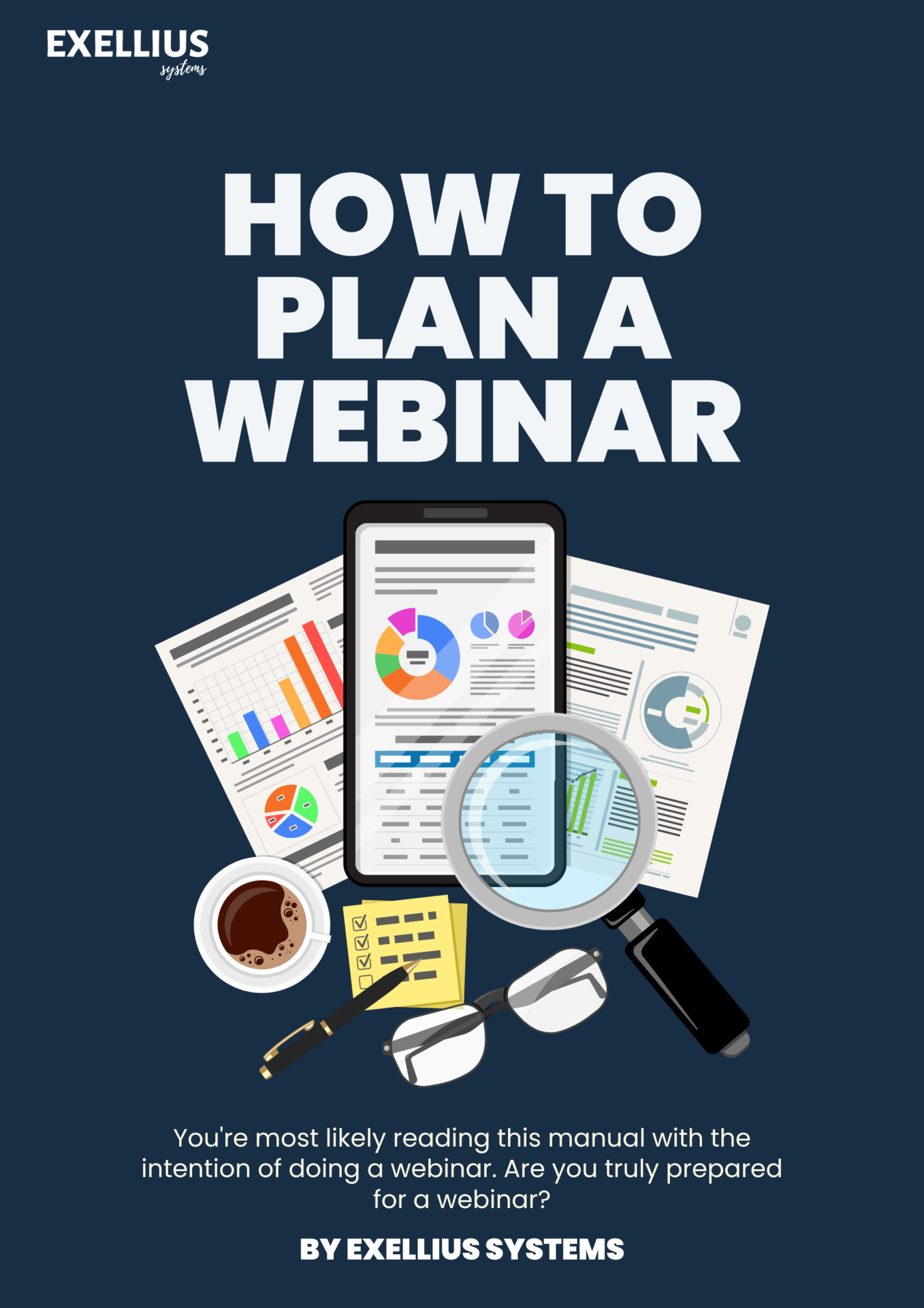
Employee engagement is a very abstract concept. It is the “emotional connect” that an employee feels towards its organization. We live in a world where trends change in the blink of an eye. A practice that is working fine today might not be applicable tomorrow. The same goes for employee engagement. With every new generation in the workforce, employee engagement trends change drastically. Forward-thinking business leaders and managers must keep themselves updated on these engagement strategies.
The upheavals of the pandemic have accelerated and thrown into sharp focus various long-term trends in the world of work, mirroring changes in wider society. Workers want a better deal, and not just in financial terms. They are seeking an improved overall employee experience — one in which they are demonstrably valued and listened to, and which is more closely tailored to their individual needs, desires, aspirations, and beliefs.
Employee engagement is an excellent barometer of organizational health. The companies that get employee engagement right can enjoy a competitive advantage that is hard for others to replicate.
As the pandemic caused unprecedented disruption for organizations around the world, business and HR leaders have been compelled to rethink the employee experience (EX) and how they engage with their employees.
As organizations manage through phases of upheaval, many are recalibrating strategies and programs tied to work, rewards and the employee experience whilst aligning tech and talent.







